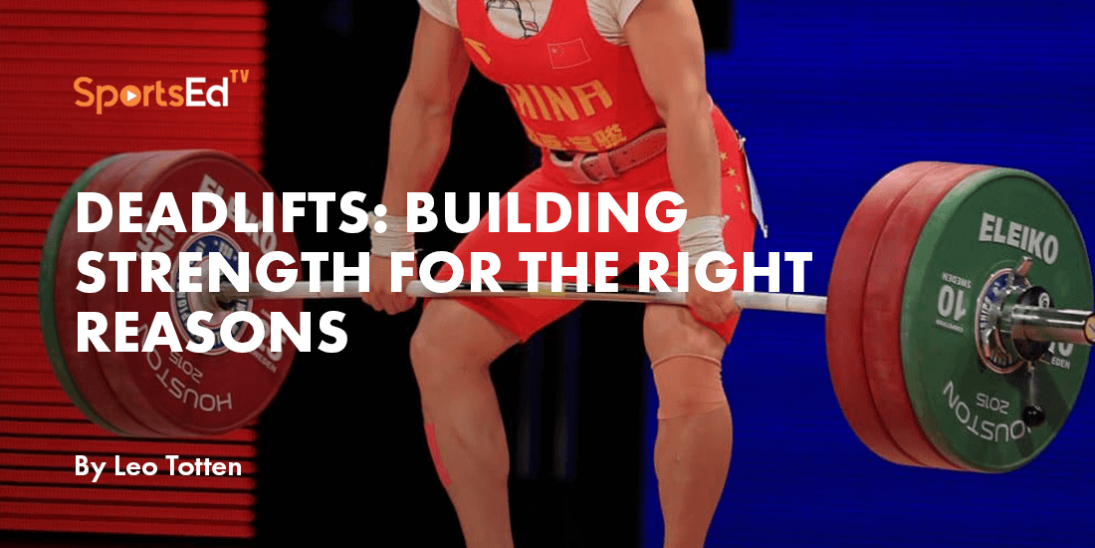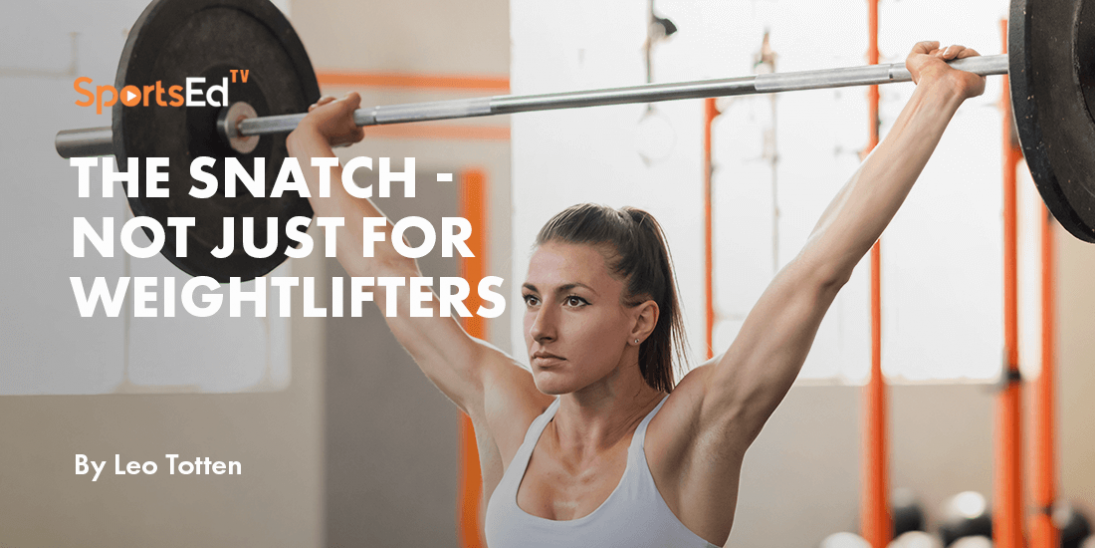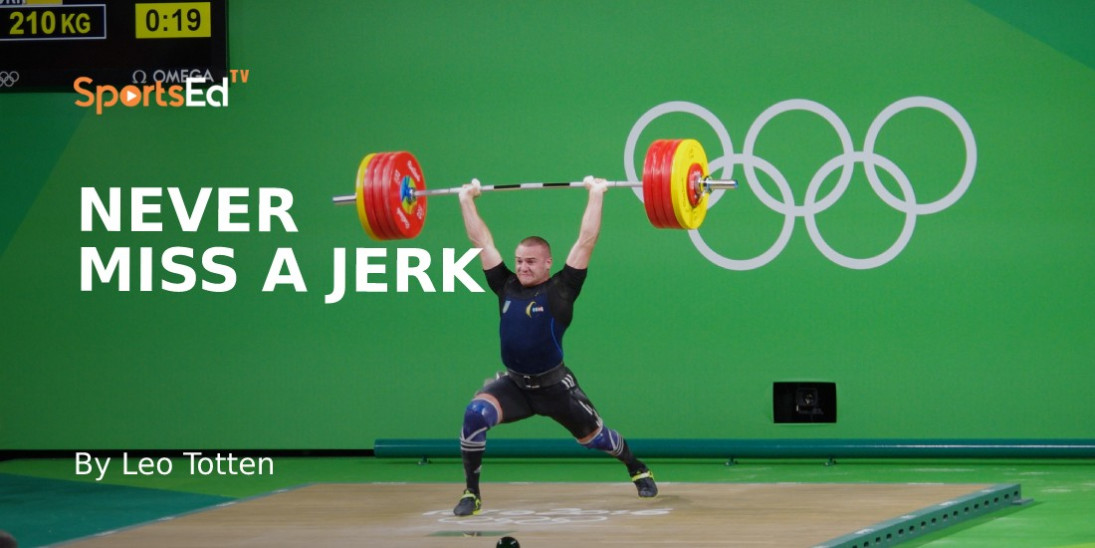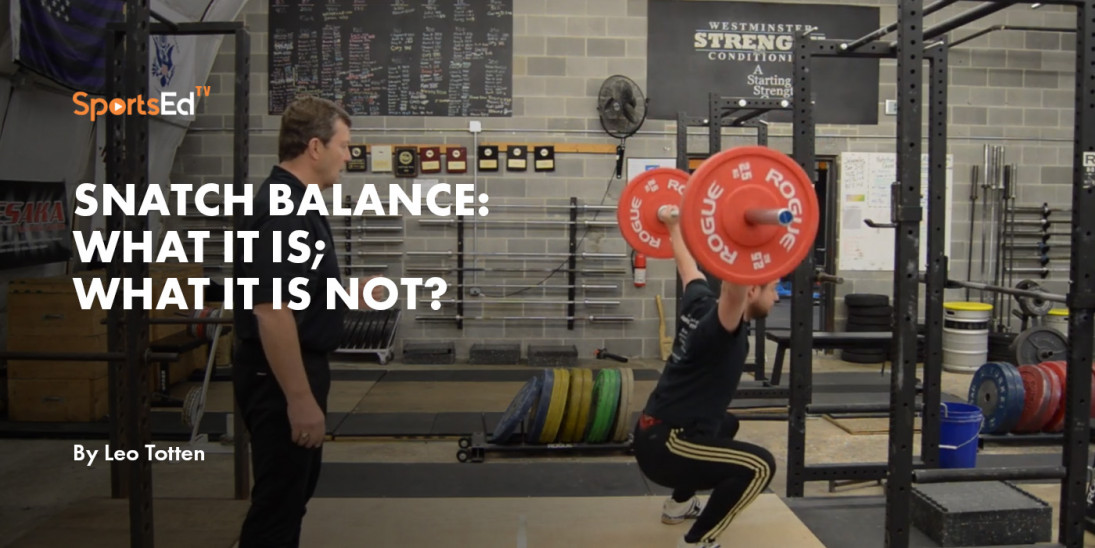Weightlifting
Welcome and thanks for visiting...

Deadlifts: Building Strength for the Right Reasons

The deadlift is a great exercise utilized by athletes of all sports for overall strength development. Looking for an exercise that works all of the major muscle groups, involves the use of a lot of weight, and gets you really strong? Who doesn’t need to be stronger, right? The deadlift is a great way to go.
Proper technique is pretty basic, so most athletes can easily deadlift. With the barbell on the platform, the lifter bends down, grabs the bar, and stands up. Use the lower body and keep the back fairly straight. Finish standing straight up, and the lift is complete. If done properly, the deadlift is a very safe, effective exercise for athletes to include in their training.
In the sport of powerlifting the deadlift is one of the three lifts performed in training and competition. Whether utilizing a conventional style or using the sumo style, powerlifters want their technique to be as biomechanically sound as possible in order to move the heaviest weights. Much depends on the body’s lever system. Remember, the shortest distance between two points is a straight line.
Powerlifters are trying to pull the bar from lift-off to completion in the most efficient way possible. The rules of powerlifting require that the shoulders are pulled back in order to finish the lift and get a down signal from the officials.
Those of us in the weightlifting world also use deadlifts as part of training, primarily to build strength in the pull, but with different technique. Our pulling pattern is a bit different and our end position is different as well. Why and how we do deadlifts is important to consider: Lifting properly off the floor determines if the lifter is in an advantageous position to accelerate explosively through the power position into the finished catch or receiving position.
This exercise is specifically called clean deadlift because we want to mimic the same pulling position and bar path as when cleaning from the floor. Any time we lift from the floor we want to use the same technique in order to teach the body and nervous system one pattern of execution.
In the clean deadlift, match the same technique as when performing a full pull or a full clean. Keep the back tight off the floor as the knees extend, bringing the bar back toward the body. At the knees it is important to keep the shoulders in front of the bar, utilizing the strong posterior chain muscles. This also assure the bar and body are in good position to shift into the power position. As the bar passes the knees the knees flex, causing the hips to shift into a good power position. We need to be strong pulling from the platform, but the key question is: Does the pull make the athlete strong in the right positions for the finish of a clean?
In a typical powerlifting deadlift, the bar stops when the lifter straightens up. When we do a full clean there’s no stopping – the second pull is where our full lift really gets started! We continue until receiving the bar in the catch, or rack, position.
Unlike a powerlifter, weightlifters want the shoulders to “stay over the bar” longer and into the power position. If the shoulders move rearward to finish the lift, this effect creates a different pattern that causes horizontal displacement at the end of the second pull. We want vertical acceleration that good technique allows. In order to stress keeping the shoulders over the bar I have lifters stop the clean deadlift in the power position. This not only reminds the lifter of proper positioning, but the lifter gains strength by momentarily holding this position. The isometric hold in the power position keeps that strong tension on the posterior chain needed by virtually every lifter.
For building great strength, I coach several variations of the clean deadlift. This includes isometric holds at various positions (holding one inch or 2.54cm off the platform is an absolute killer!); deadlifts with eccentric emphasis; and my personal favorite, deficit deadlifts. As previously mentioned, remember that holding the clean deadlift in the power position trains the body to get strong in the exact positions needed to get maximum vertical acceleration to finish the clean.
Check out this short video that explains the how and why of the clean deadlift.
Whenever an exercise is performed, it should be done the right way for the right reasons. The deadlift is a great exercise and weightlifters can use it to build strength in the pull. Ours is not a typical deadlift, but when done the right way for the right reasons, it can be a very effective strength builder. It teaches getting stronger in the right positions.





